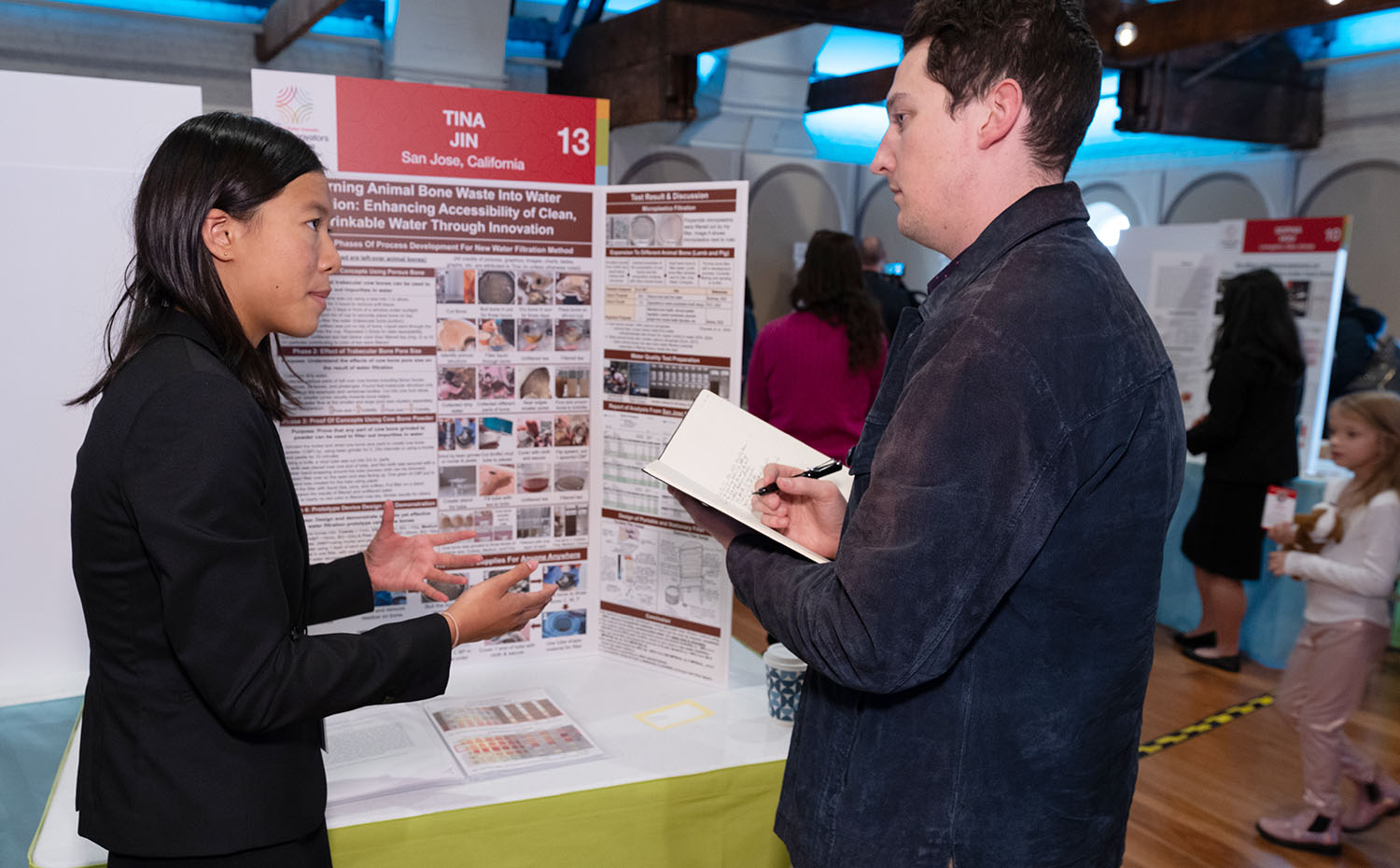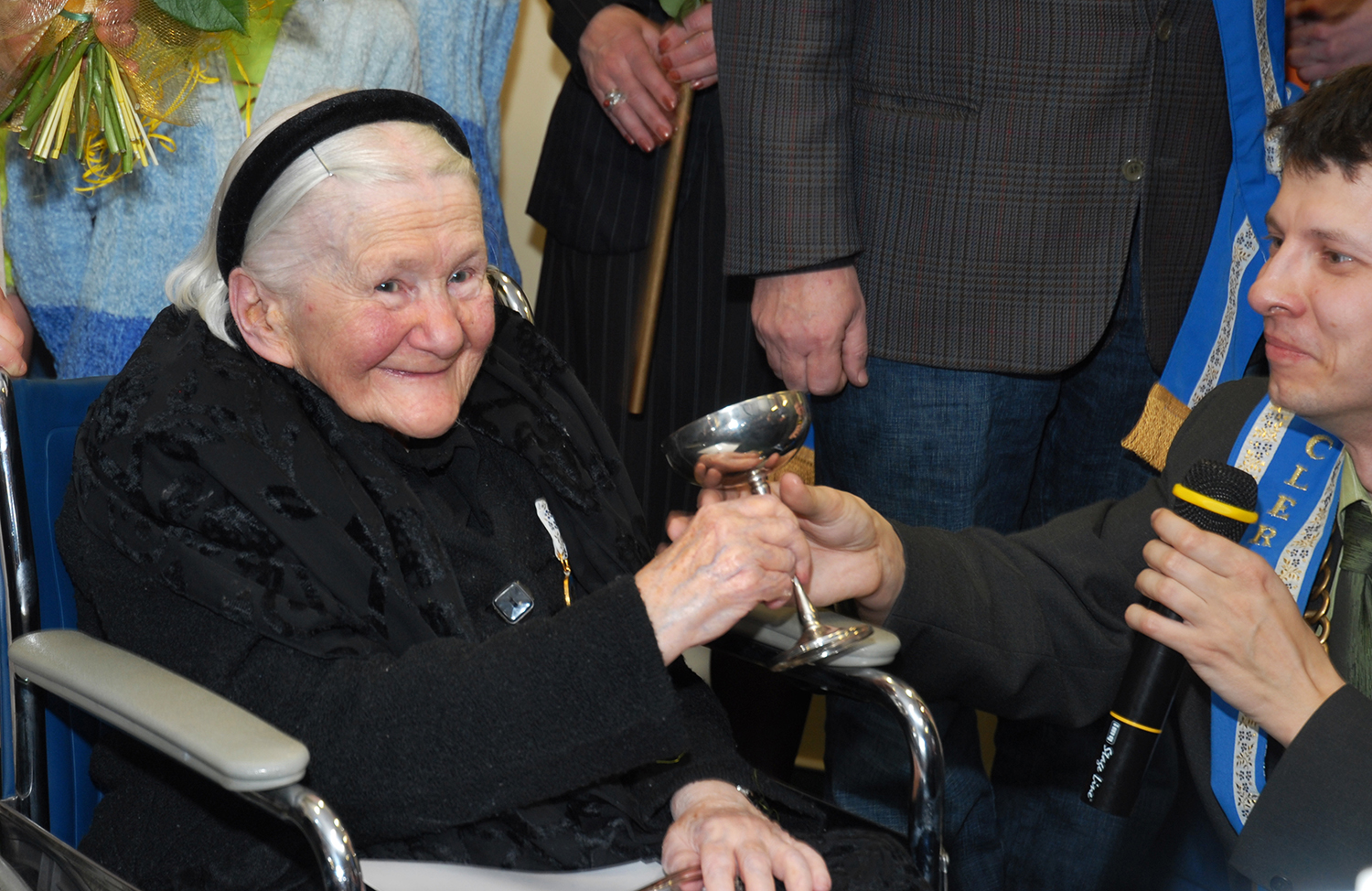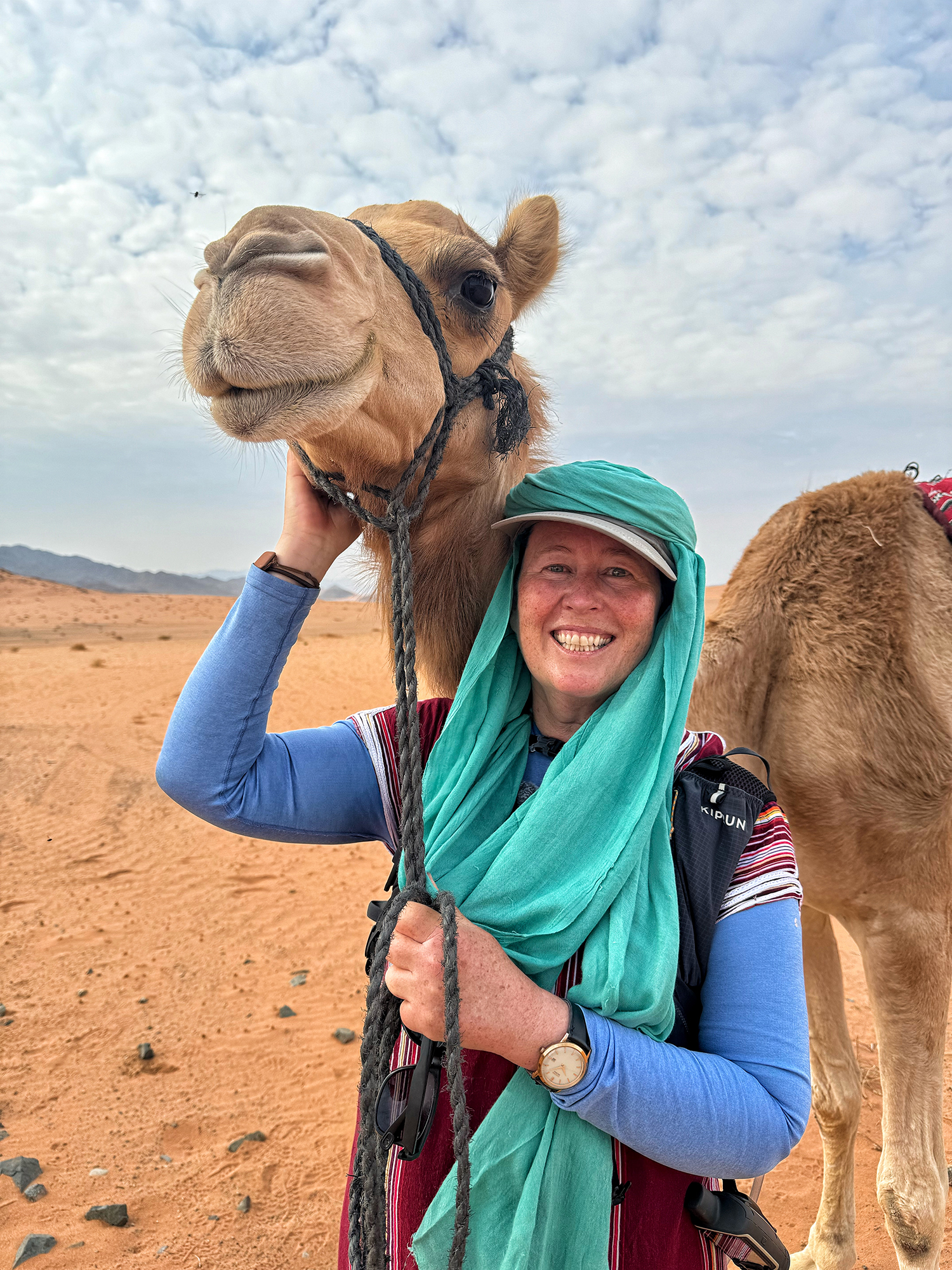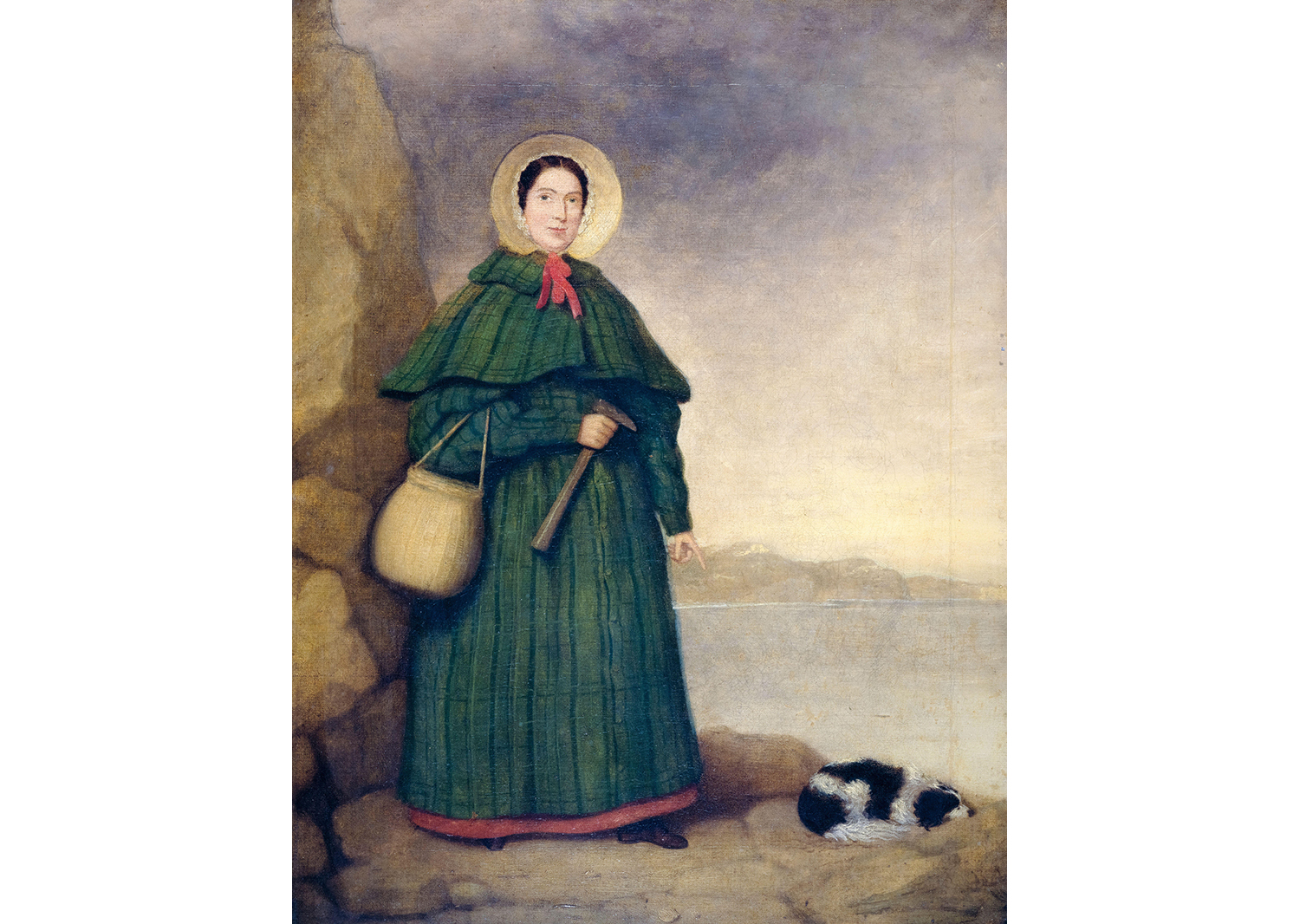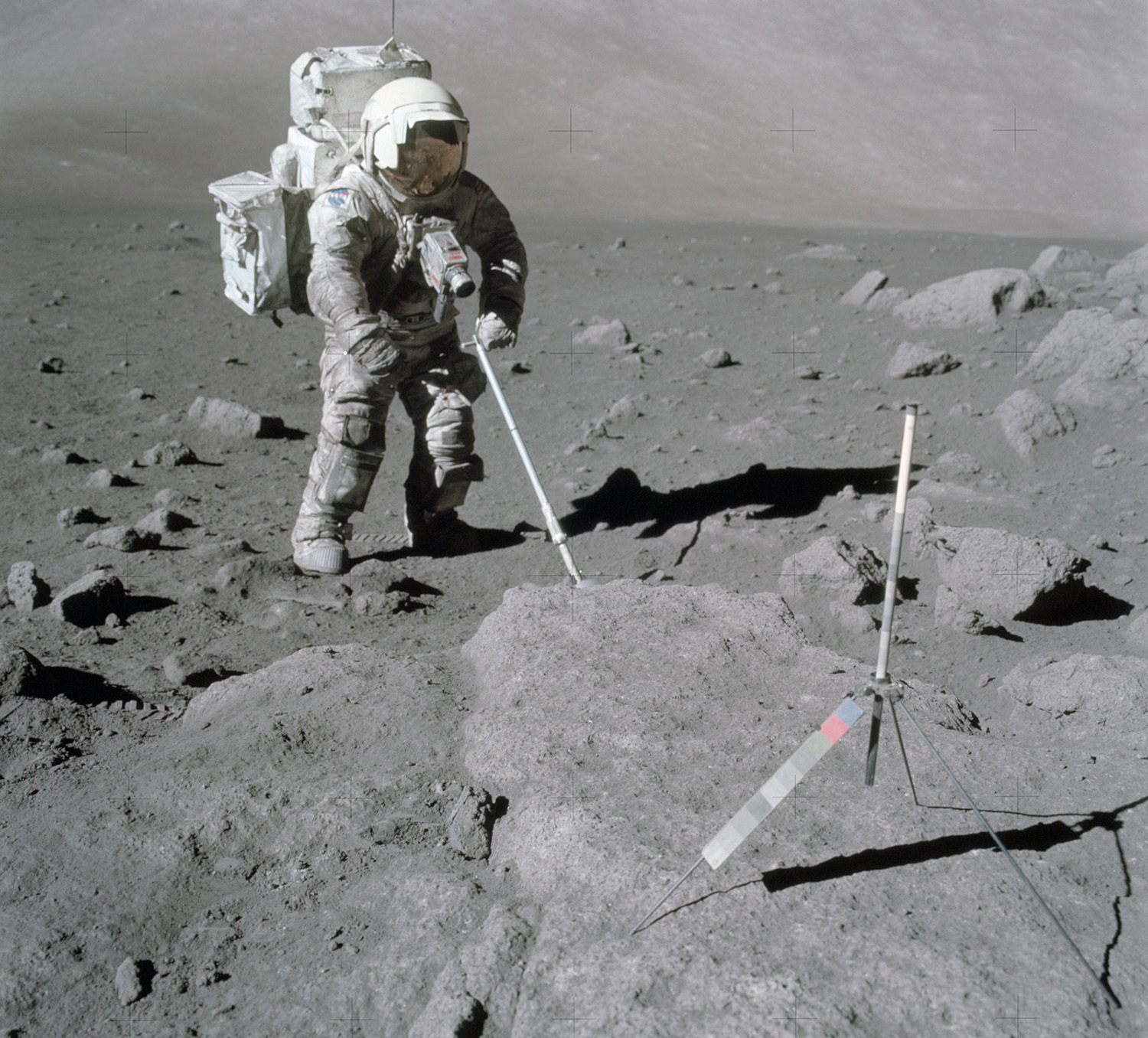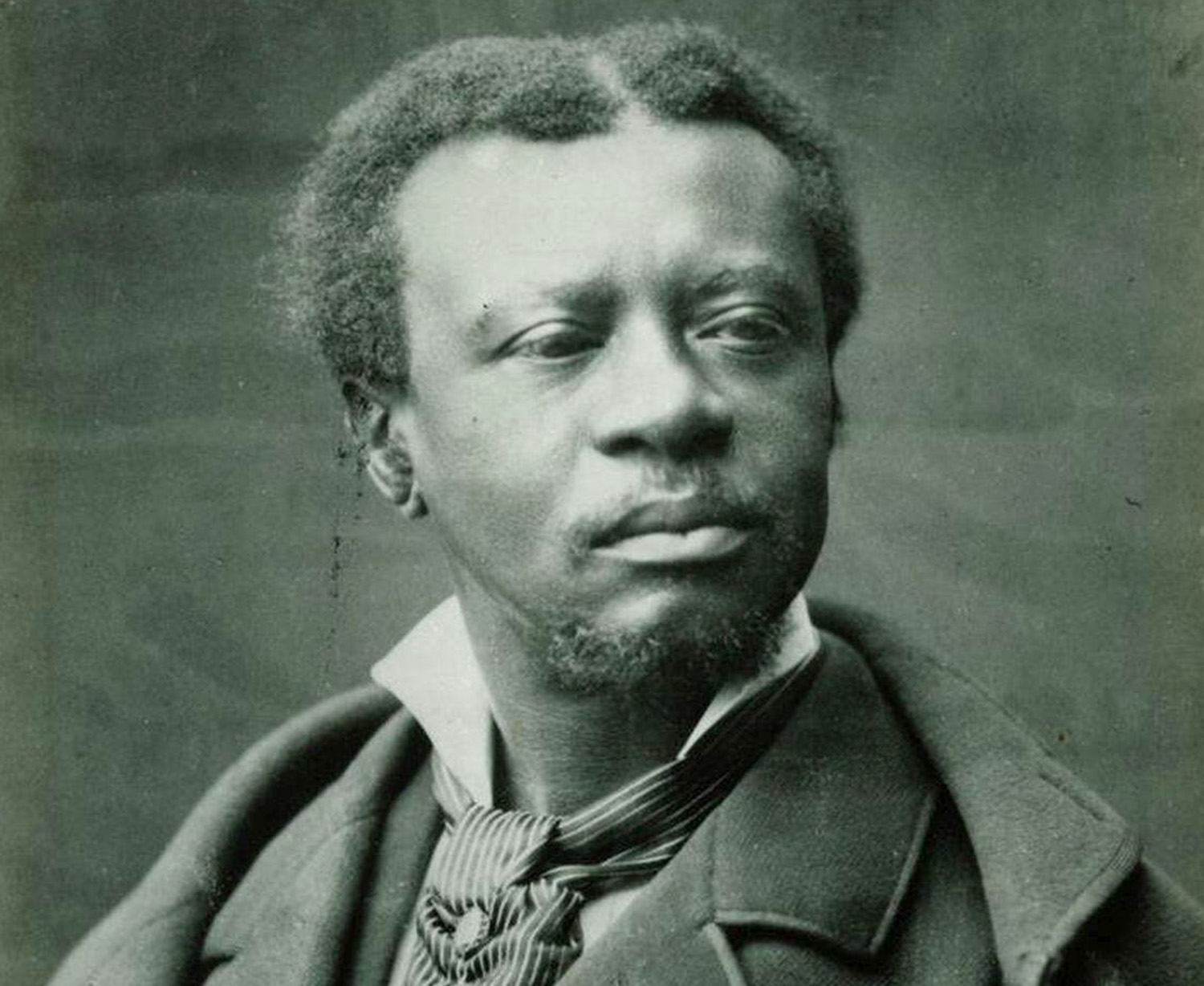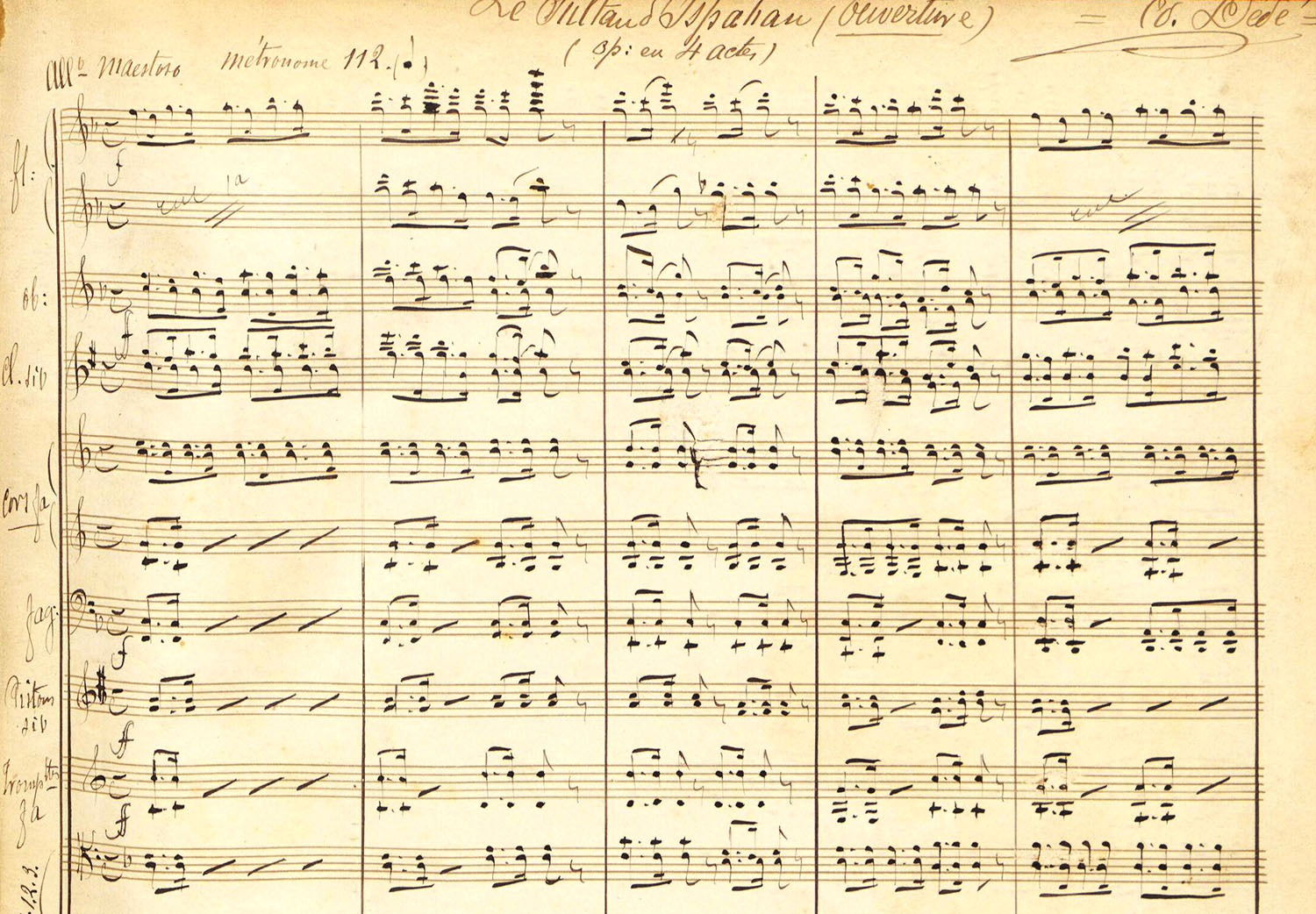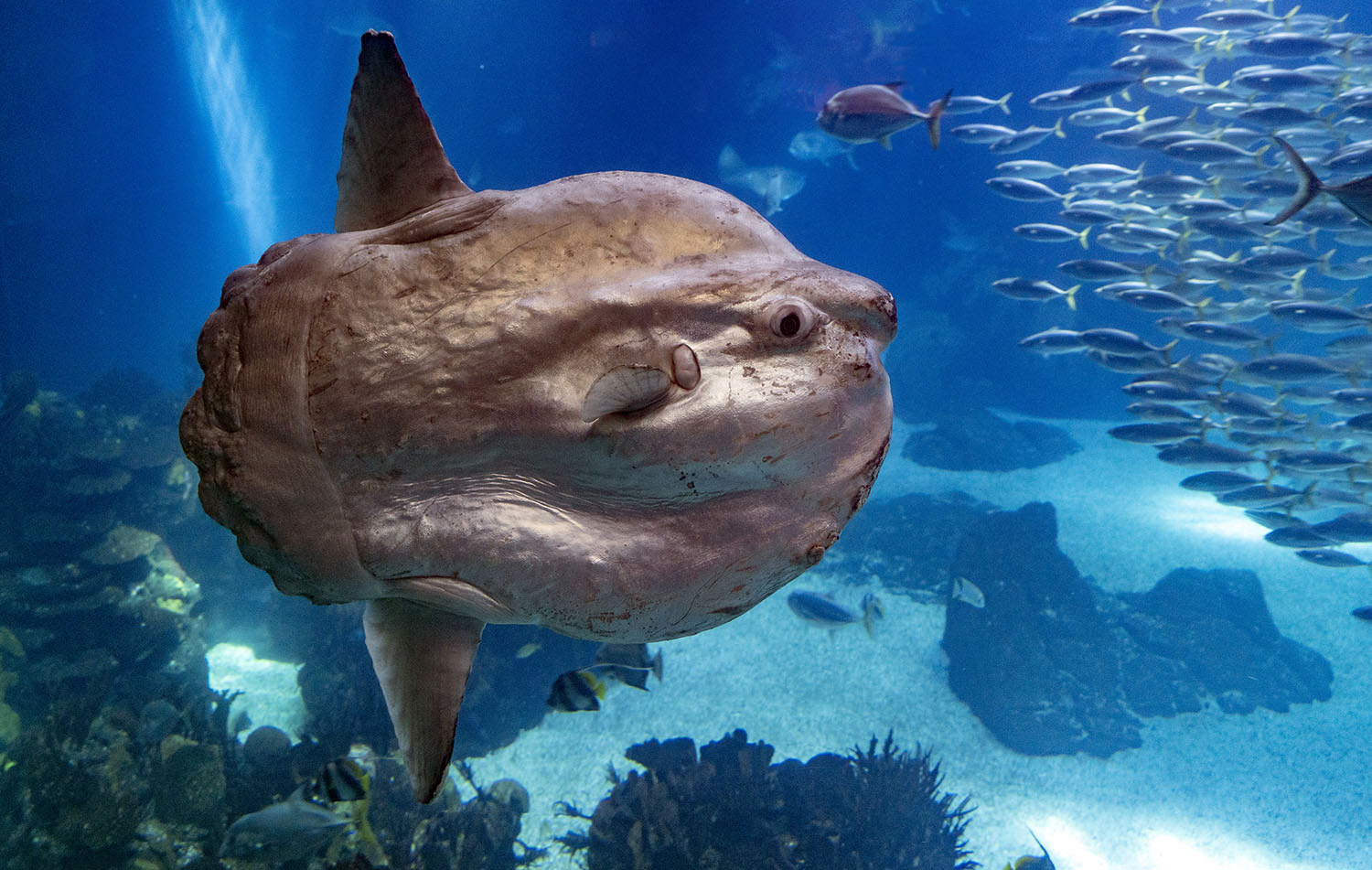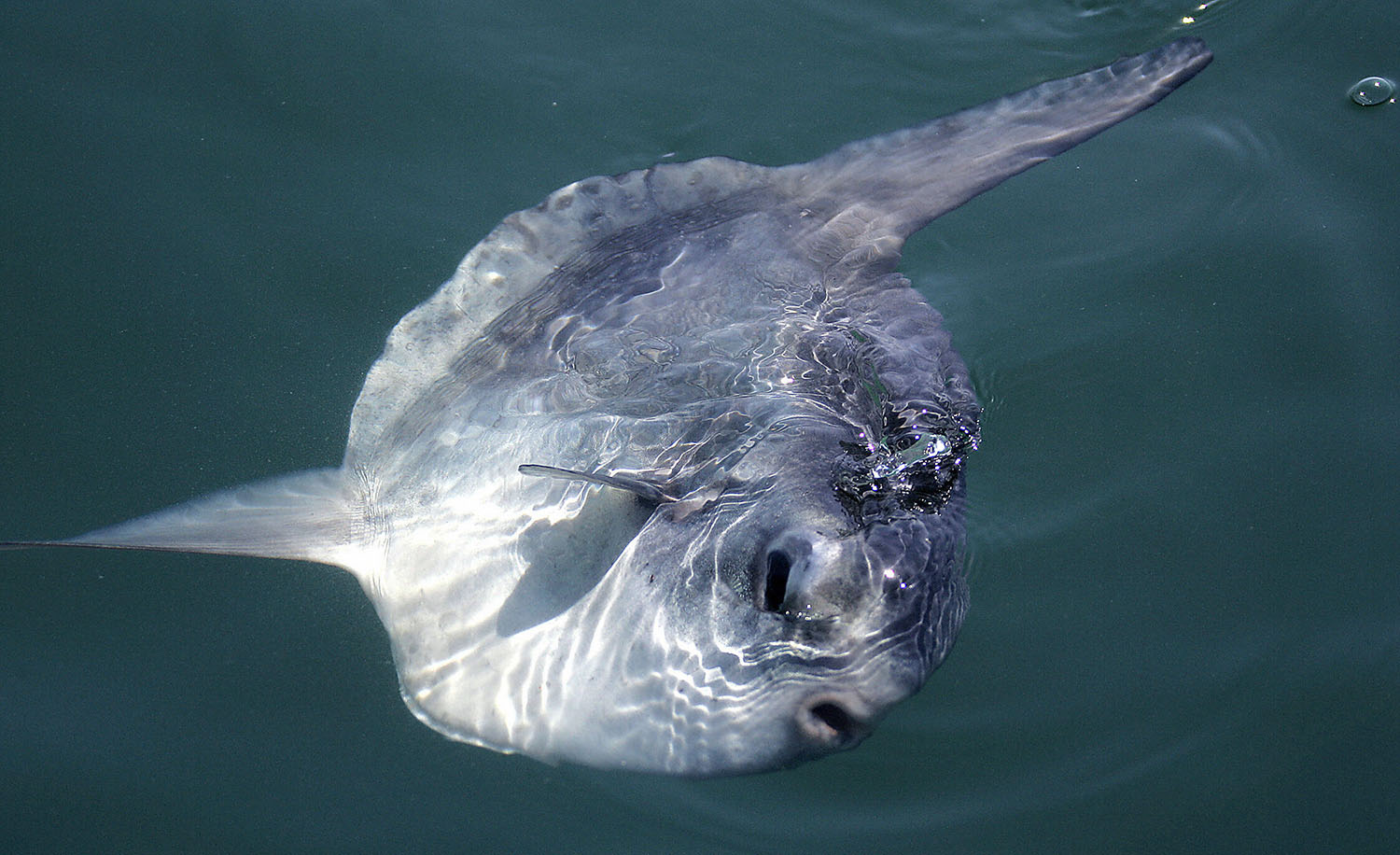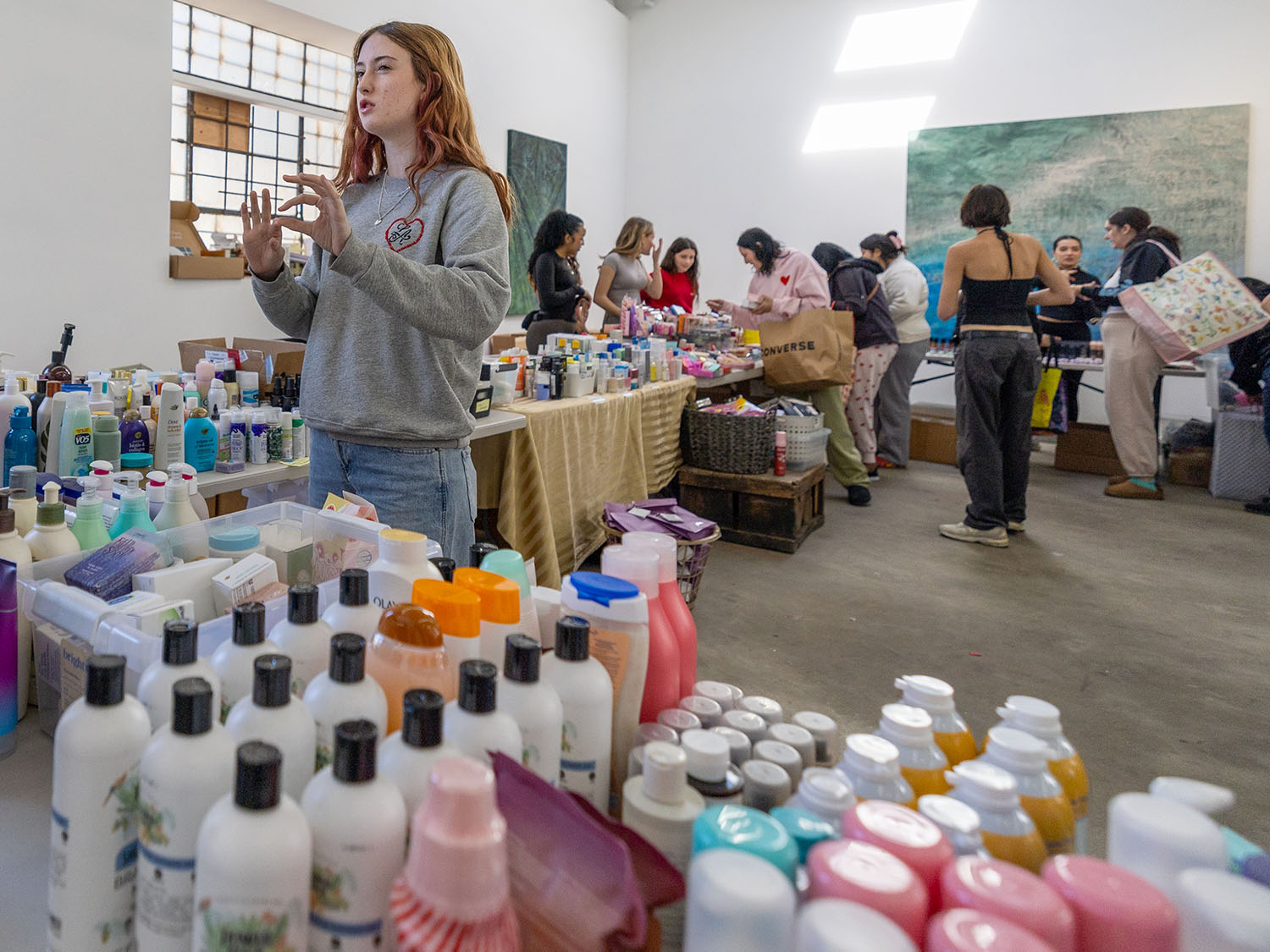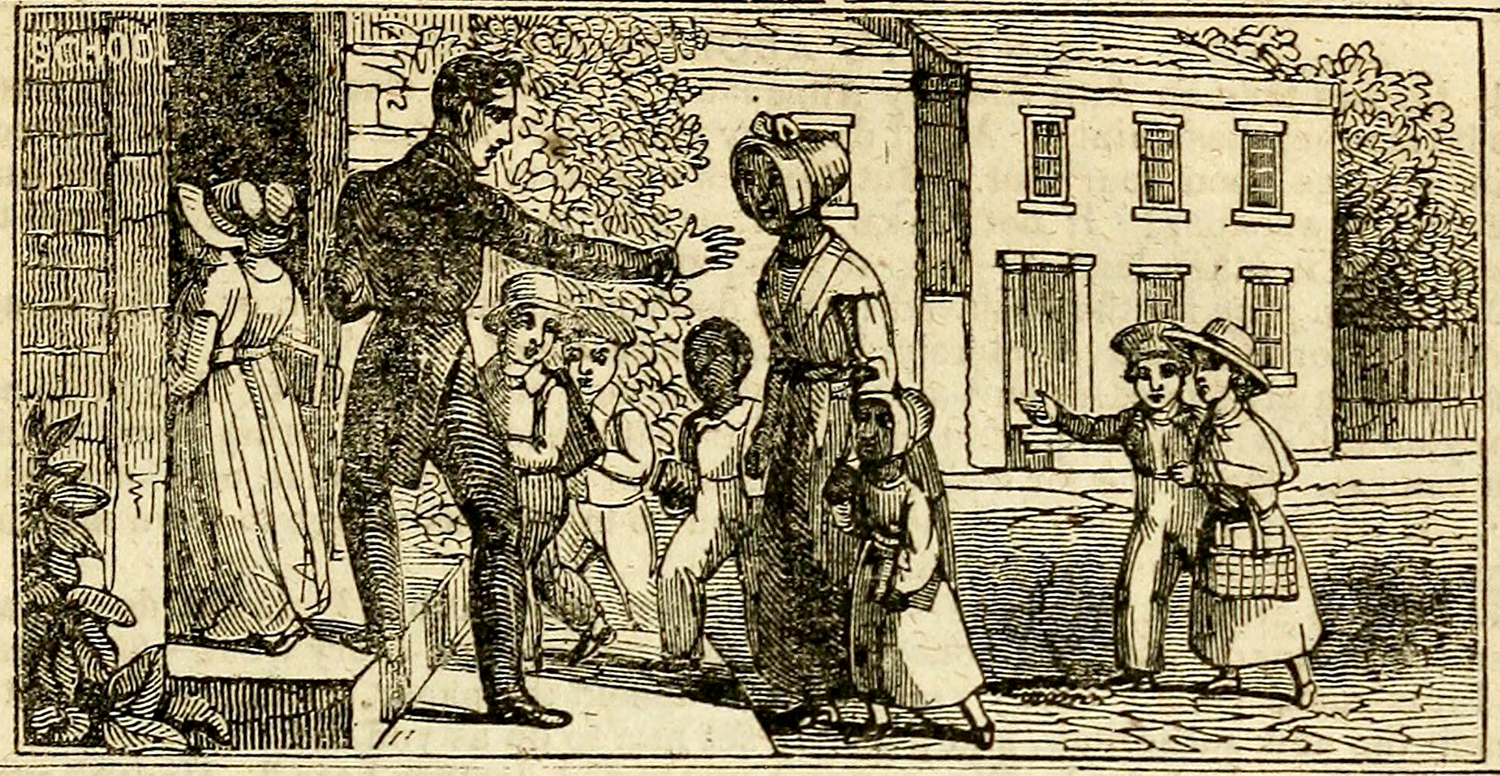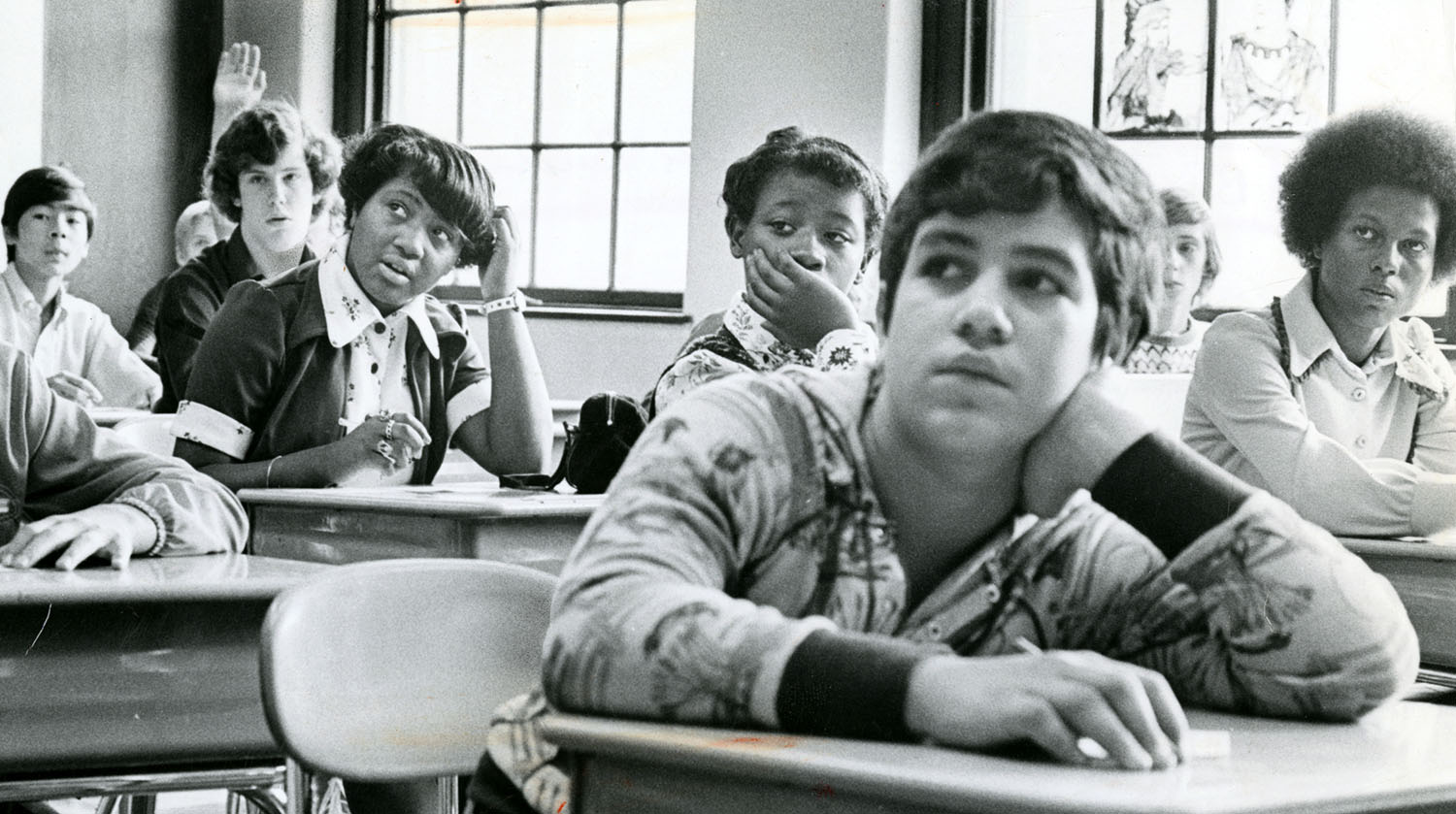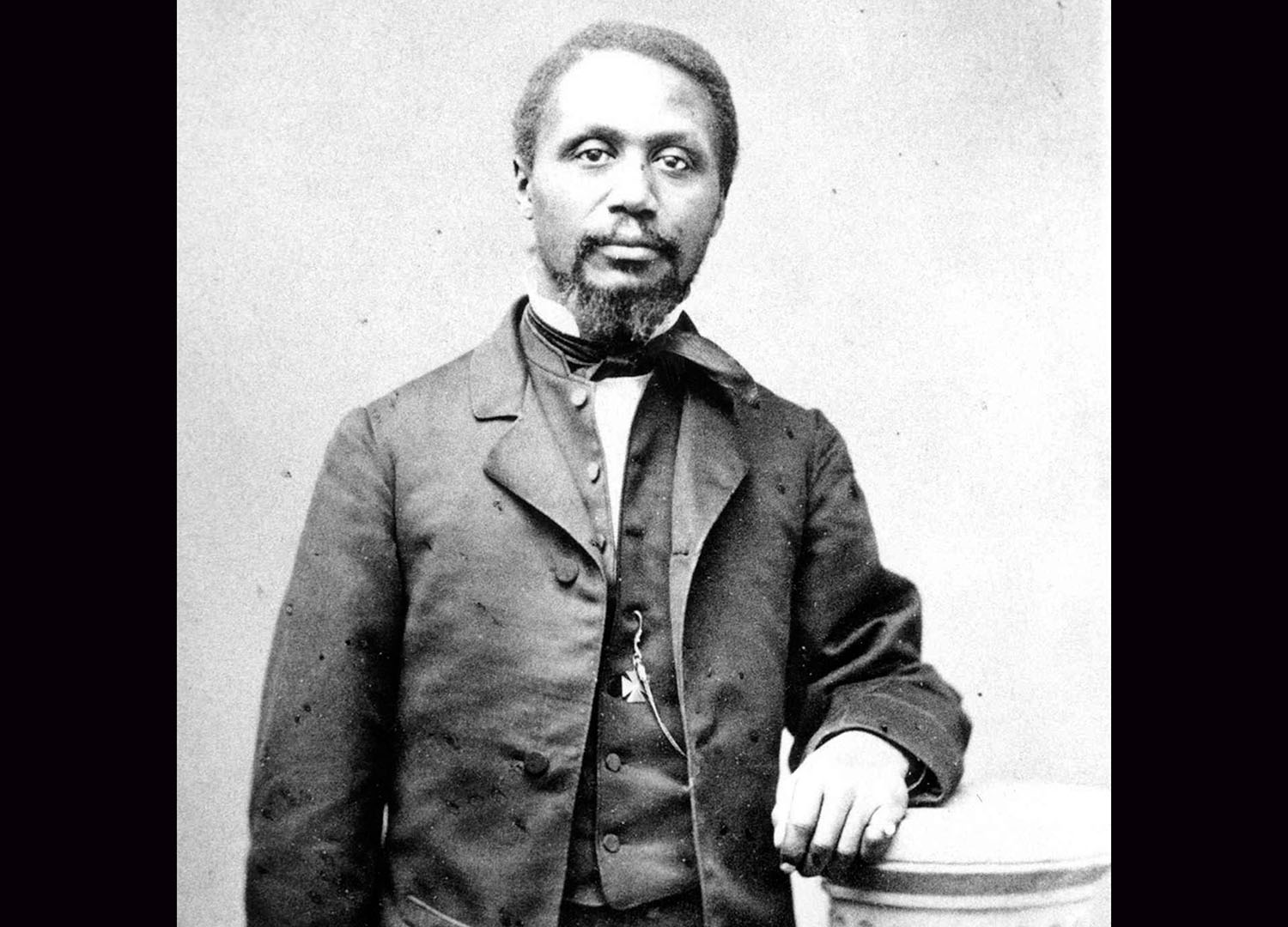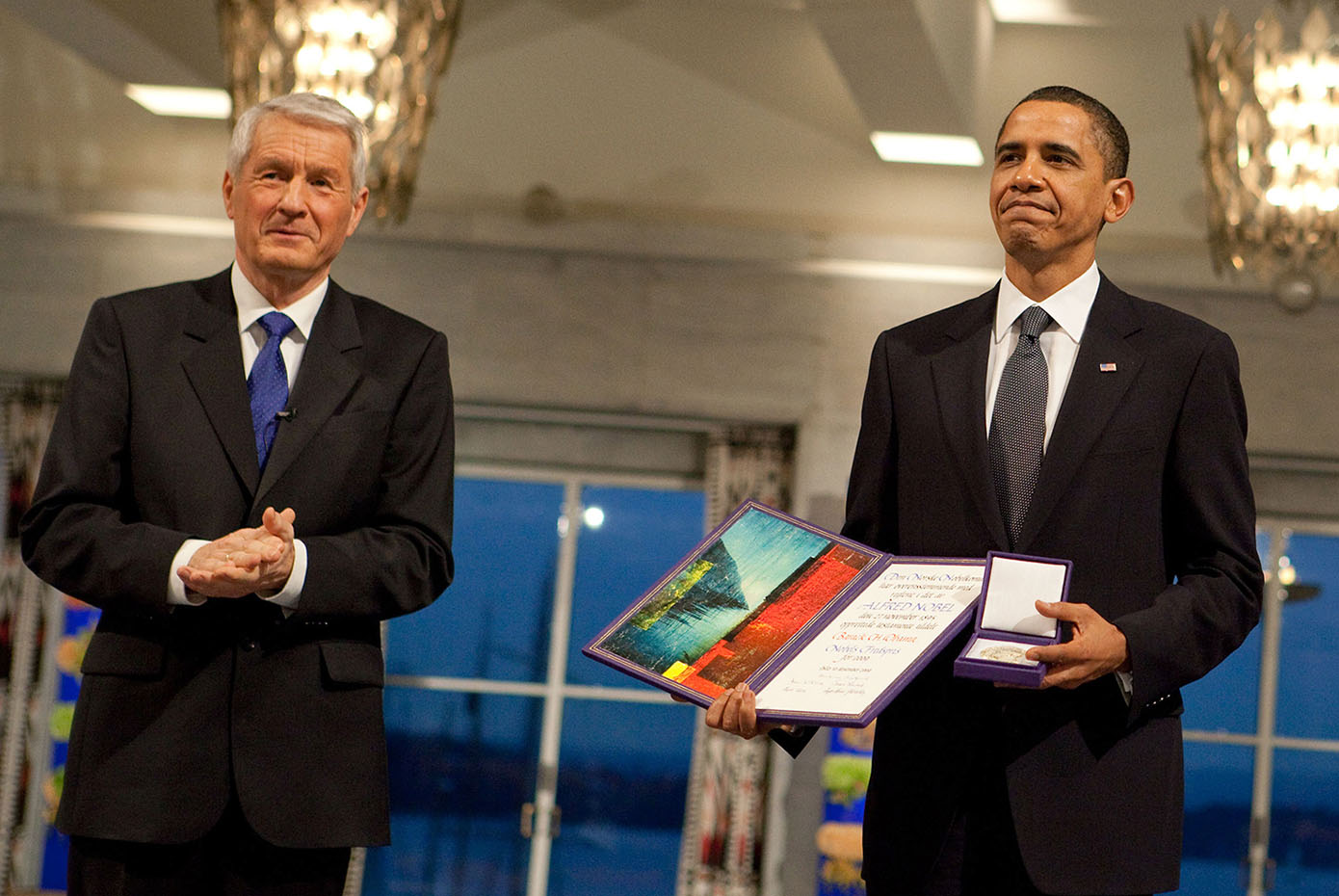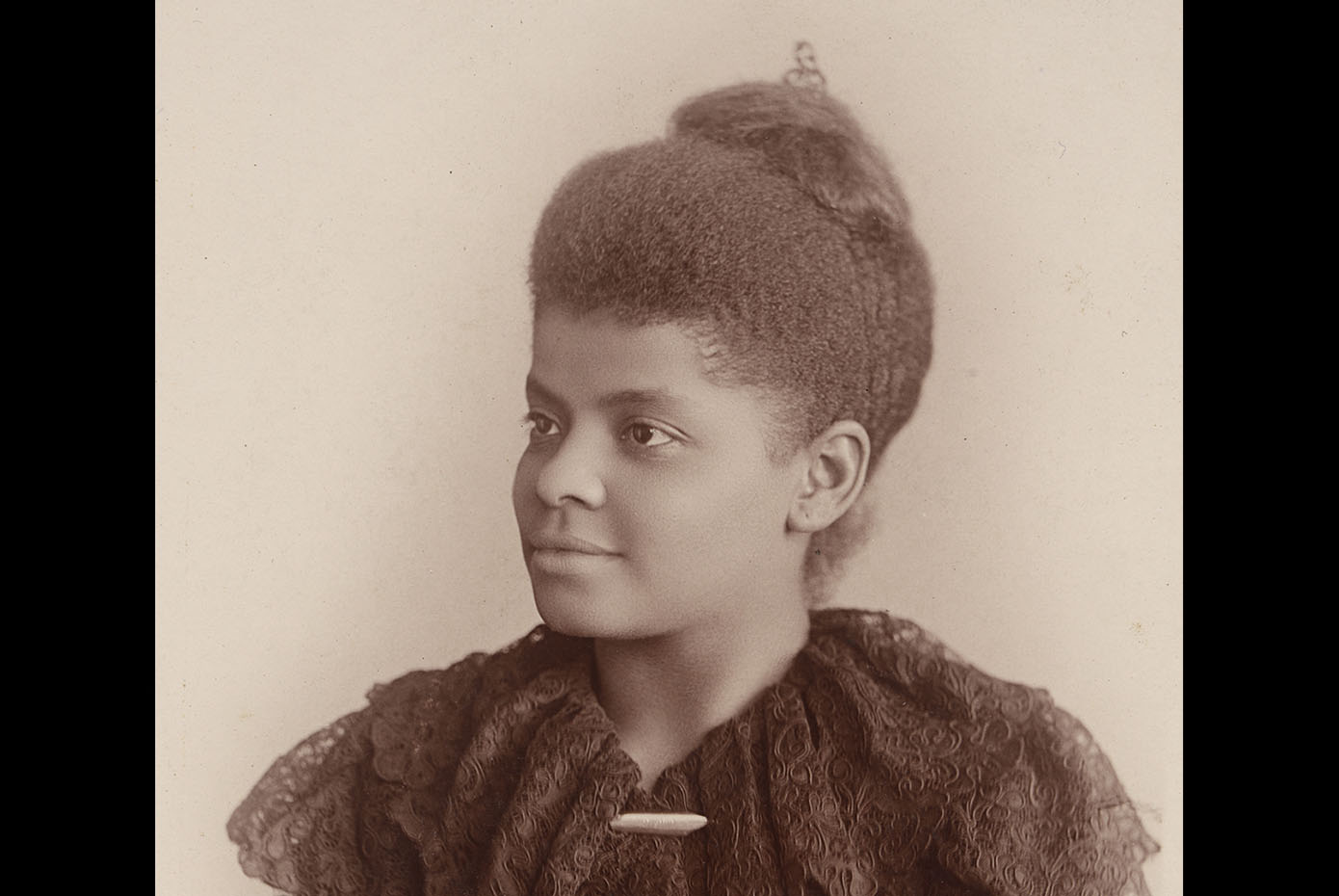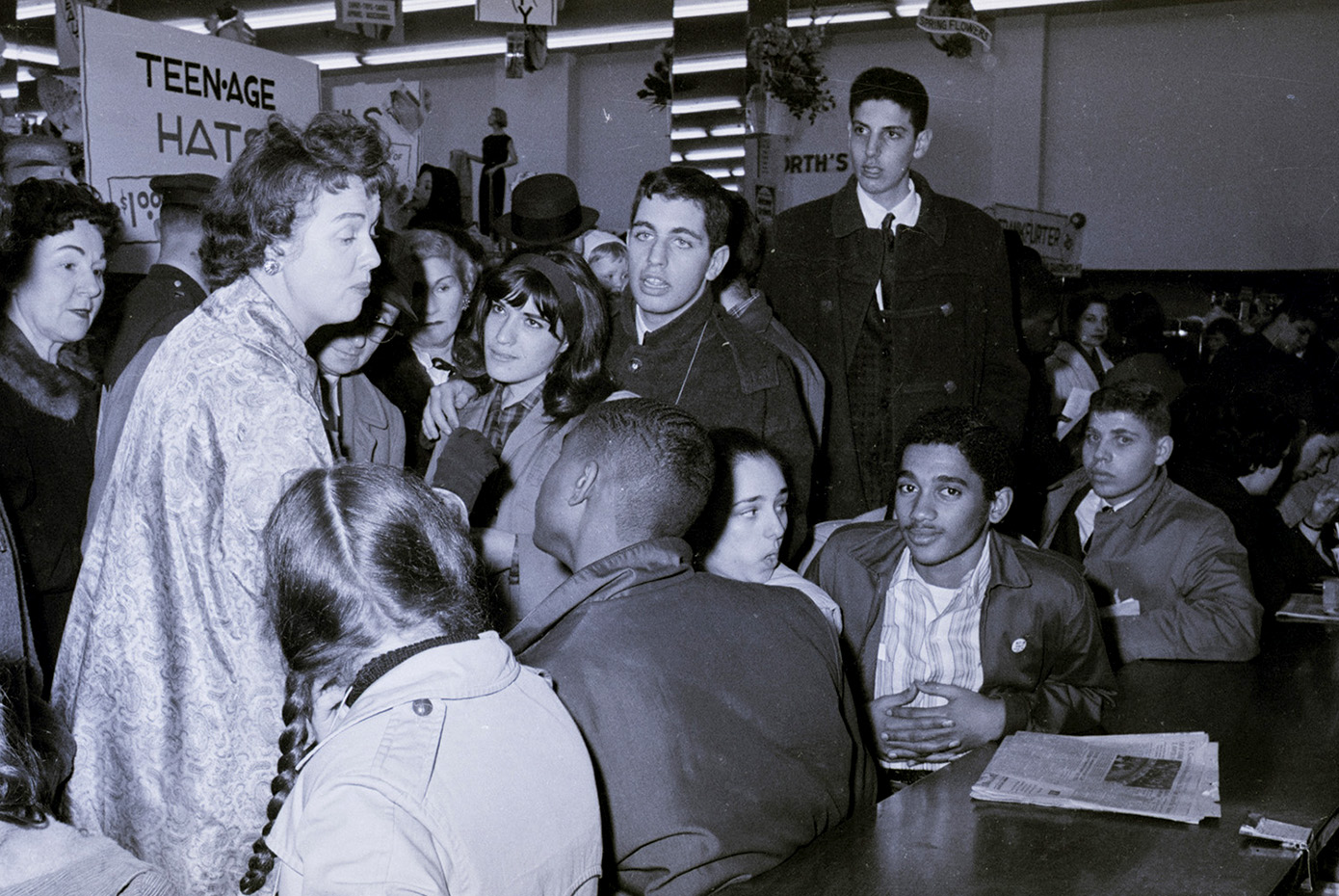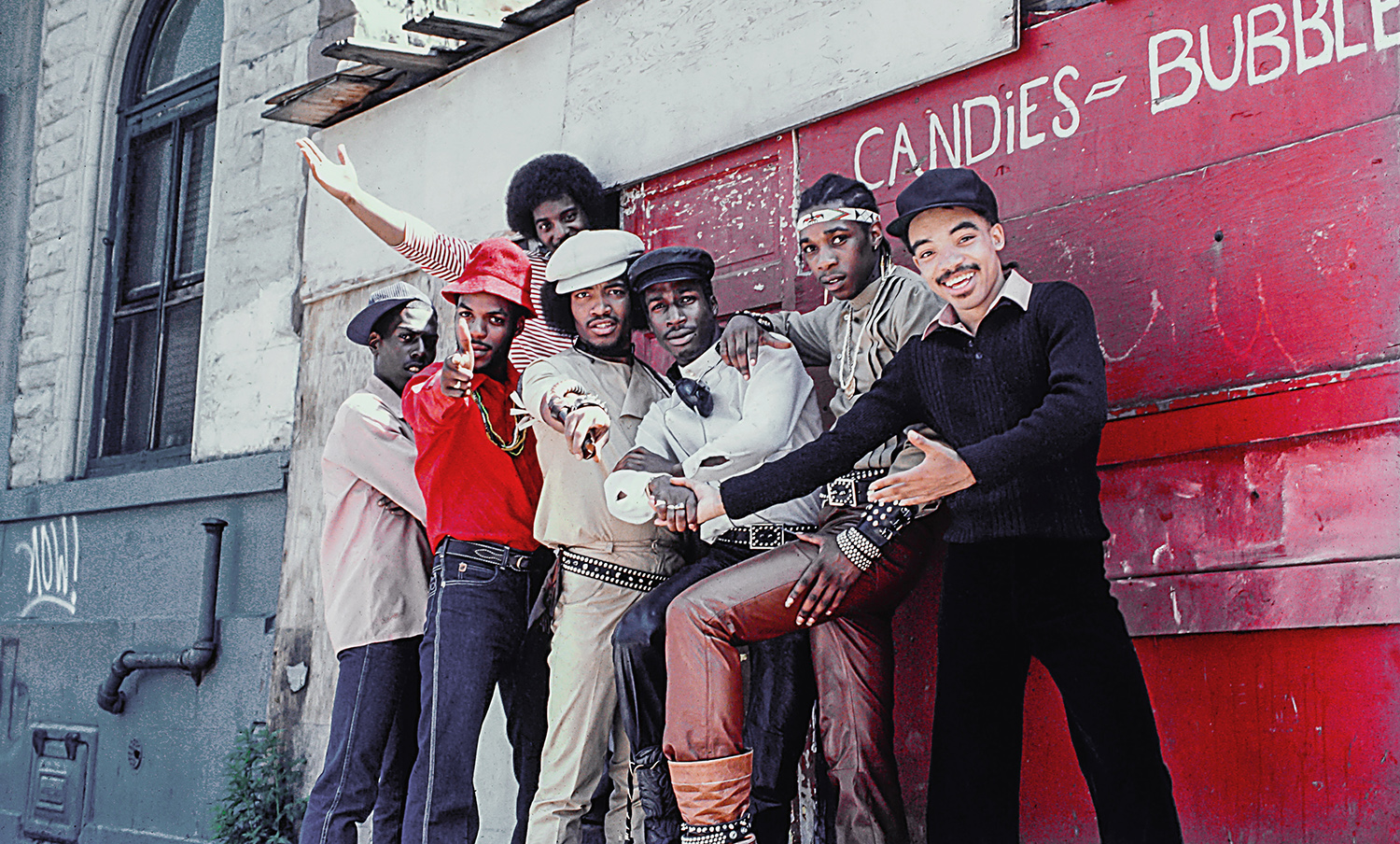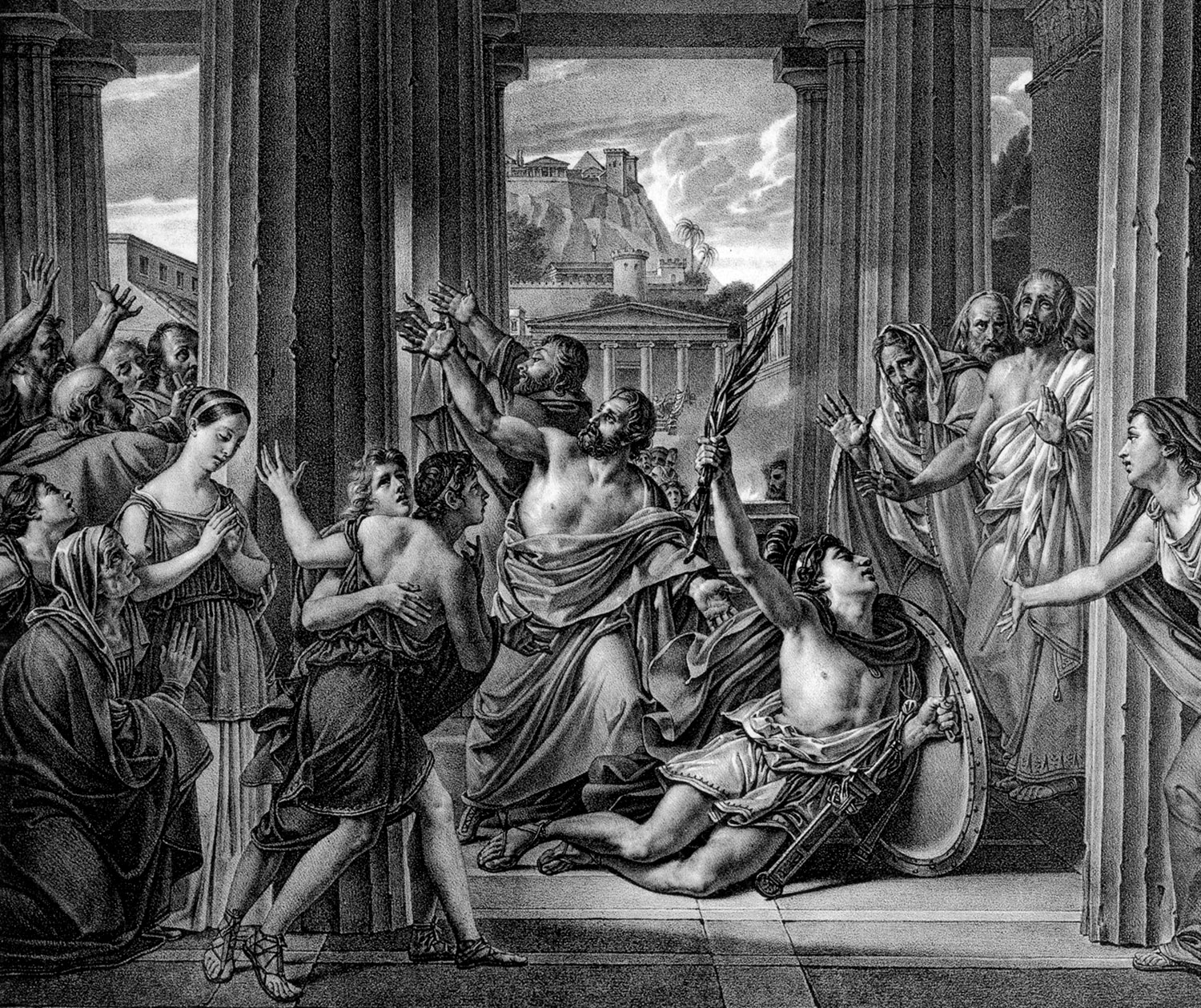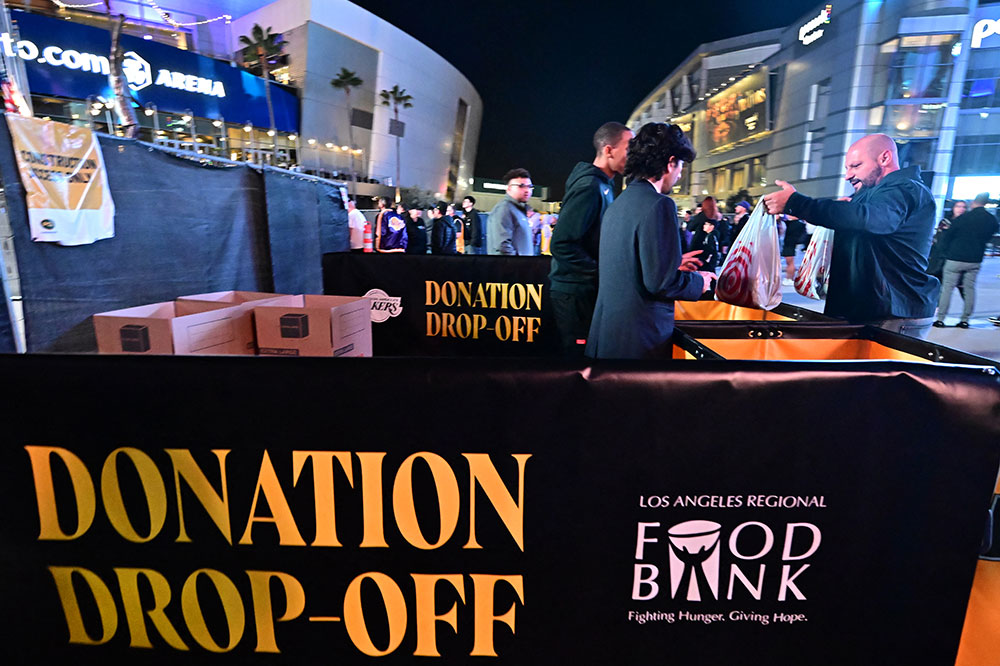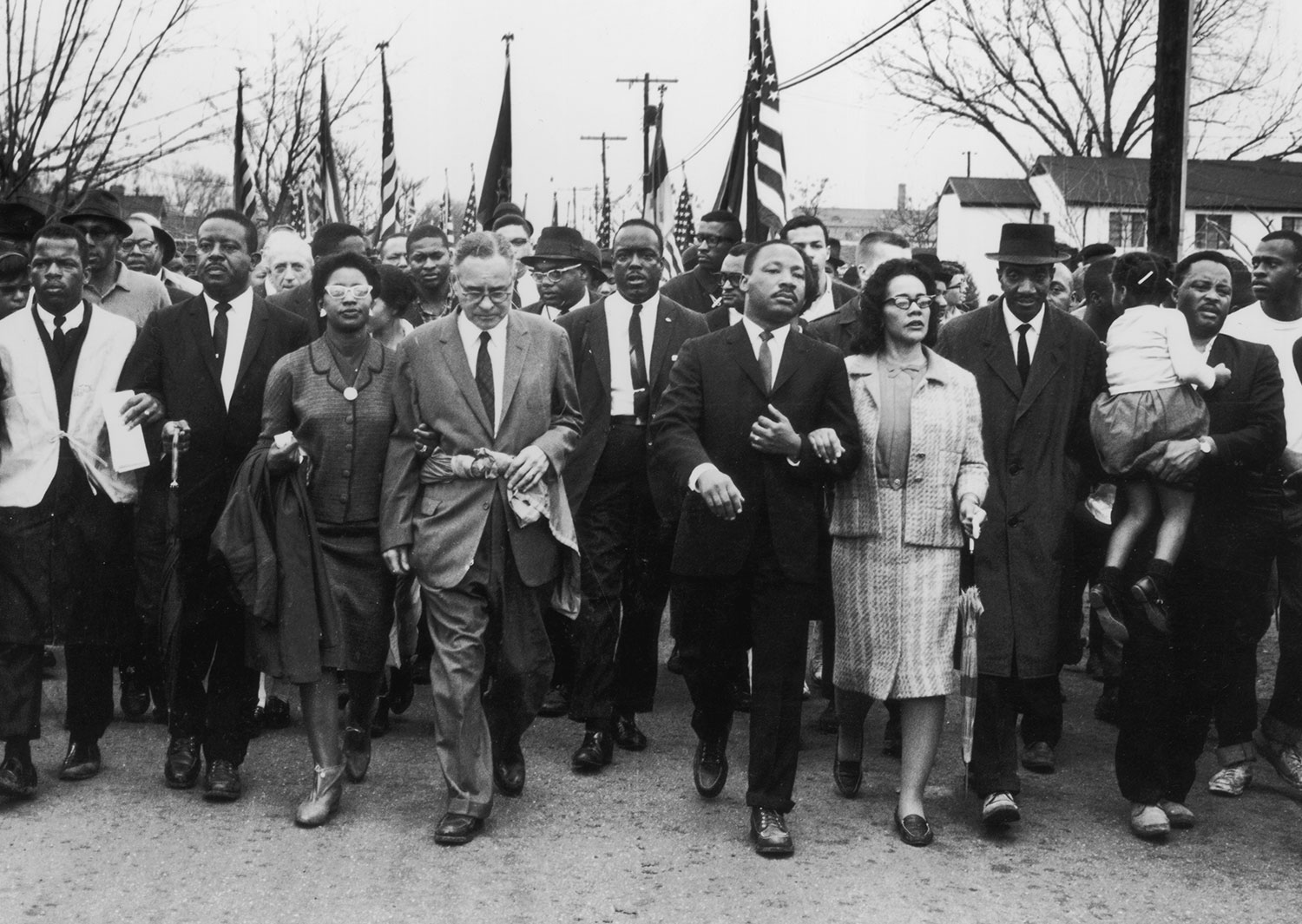Can’t Picture It?
Scientists are trying to find out why some people’s brains don’t make pictures of the objects they’re thinking of.

© sommersby/stock.adobe.com
Asked to think of an apple, most people will “see” an apple in their minds. They are said to be using their “mind’s eye.” But a small percentage of humans don’t visualize objects or events that they’re thinking of. Scientists are trying to find out why.
The inability to visualize images in the brain is called aphantasia. Scientists estimate that between 1 and 4 percent of people have aphantasia. It’s not clear why some people can use their mind’s eye and others can’t.
The Experiment
To learn more, scientists studied 14 people with aphantasia and 18 people without. During the study, the scientists flashed two striped patterns in front of all the participants’ eyes. One pattern had red horizontal lines, and the other had green vertical lines. As the participants viewed the images, the scientists monitored their brain activity.
The scientists were interested in the primary visual cortex. This is the part of the brain that processes visual information—the things people take in with their eyes. The scientists found that looking at the images caused activity in the primary visual cortex of all the participants, whether they had aphantasia or not. But there was slightly less brain activity in the people with aphantasia.
But what about when the participants were asked to imagine those images? Again, all participants showed activity in their primary visual cortex when they tried to imagine the images. In the people without aphantasia, the brain activity was similar to when they were actually looking at the images. But the brain activity observed in the people with aphantasia was different.
The Results
Scientists say the results of the study suggest that people with aphantasia have different wiring in their brains than people who can imagine images.
There’s still an unanswered question. If people with aphantasia use their primary visual cortex when they try to imagine an image, why doesn’t a picture form in their brains? Scientists hope further study will help them unravel this mystery.
Did You Know?
Scientists say the ability to picture things in our minds is on a spectrum. Some people can visualize crisp mental images, while others cannot. There are also people who visualize faint or blurry images.

© yvdavid/stock.adobe.com; Photo illustration Encyclopædia Britannica, Inc.
Mind’s Eye

The British Library
The “mind’s eye” is the ability to “see” something in your mind. If the phrase seems more poetic than something you’d usually find in a dictionary, that’s because it originated with literature.
English writer Geoffrey Chaucer (seen above) used a version of the phrase in his book The Canterbury Tales. The Canterbury Tales was written between 1387 and 1400, before modern English existed. Can you recognize any of the words in this short excerpt of the book?
That oon of hem was blynd, and myghte nat see,
But it were with thilke eyen of his mynde,
With whiche men seen, after that they ben blynde.
Now let’s put that into modern English.
The one of them was blind and could not see,
Except with the eyes of his mind,
With which men can see, after they are blind.
Brainpower
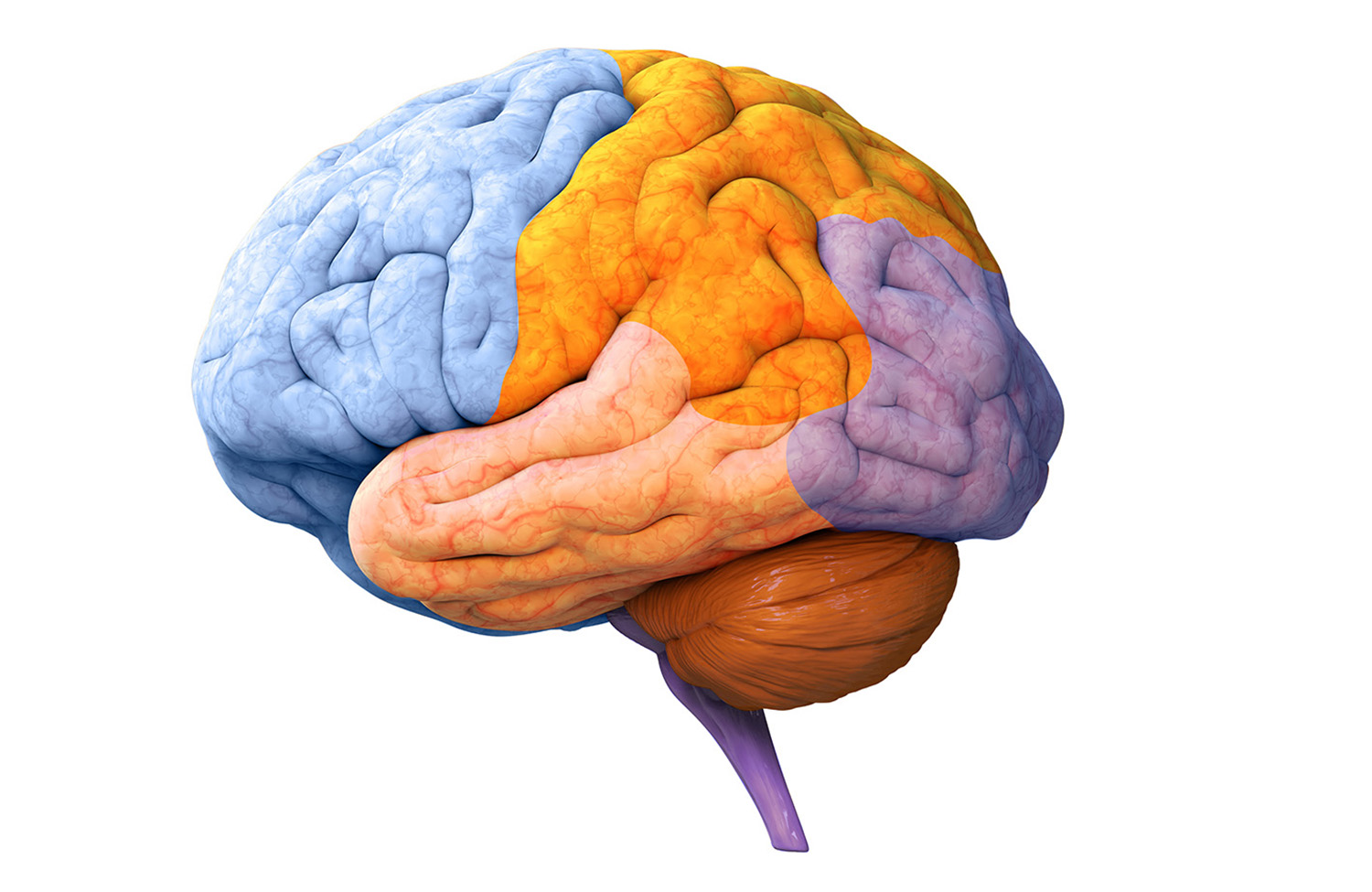
© Martin Brož/Dreamstime.com
Our brains are responsible for more than just our thoughts. Find out more about how different parts of the brain work at Britannica!
WORD OF THE DAY
envisage
verb
: to picture (something) in your mind : envision


